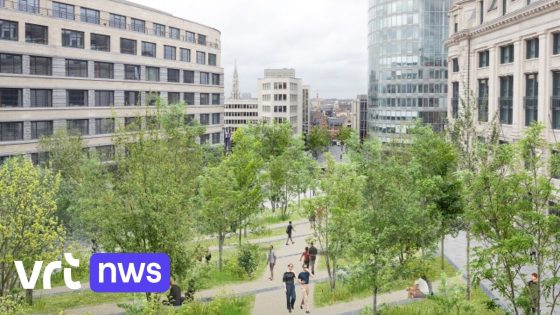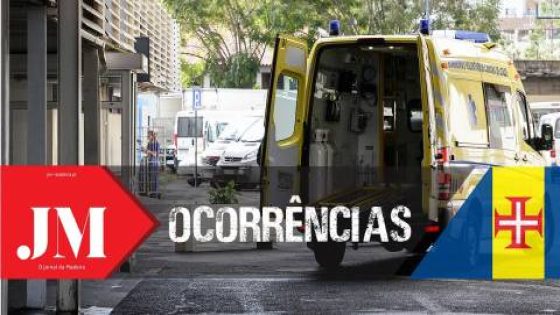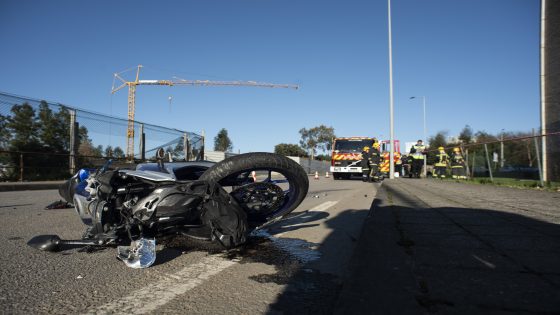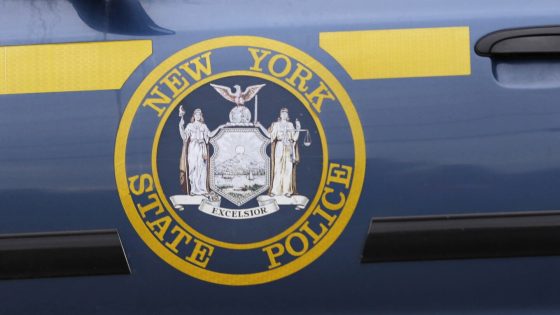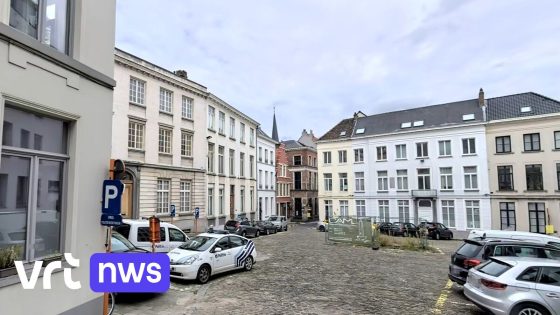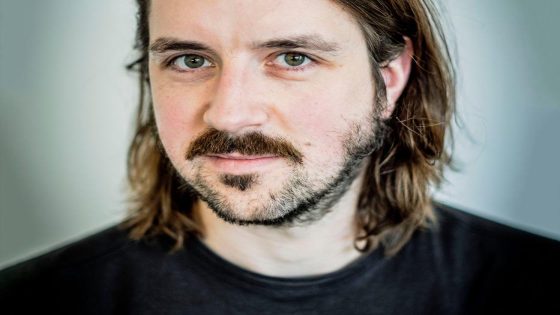In Brussels, the public inquiry has begun for the renewal of Warandeberg and the area around Central Station. This exciting project features a new city park designed by renowned landscape architect Bas Smets. But what does this mean for the iconic sculpture group “De Rijpheid” by Victor Rousseau? Unfortunately, it will not have a place in the new park.
- Public consultation begins in Brussels.
- New city park designed by Bas Smets.
- De Rijpheid sculpture to be removed.
- Replacement artwork by a feminist artist.
- New art made from demolition materials.
Brussels Transforms Warandeberg: New Park and Art Installations
What can residents expect from this urban renewal project? The transformation of Warandeberg promises not only green space but also a shift in artistic representation. The removal of “De Rijpheid,” which has stood since 1922, opens up opportunities for contemporary artists to showcase their work.
The Impact of Urban Renewal on Cultural Heritage
The decision to replace historical sculptures raises questions about cultural heritage versus modern expression. While some may mourn the loss of Rousseau’s work, others celebrate the introduction of feminist art that reflects today’s societal values.
- The new park aims to enhance community engagement.
- Feminist artist’s installation will utilize sustainable materials.
- This change aligns with global movements towards inclusivity in art.
- The project encourages discussions on historical vs. contemporary representations.
A Closer Look at Bas Smets’ Vision for the Park
Bas Smets is known for his innovative designs that prioritize ecological sustainability and community interaction. His vision for Warandeberg includes lush greenery and open spaces that invite social gatherings and recreational activities. How will these elements reshape community dynamics?
The Role of Feminist Art in Public Spaces
The inclusion of feminist artwork made from demolition materials signifies a broader movement towards inclusivity in public art installations. By prioritizing female voices, this initiative challenges traditional narratives surrounding public monuments—what stories do we want our cities to tell?
Cultural Shifts Reflected Through Urban Development
This renewal project serves as a microcosm of larger societal changes occurring worldwide. As cities evolve, they must balance preserving history while making room for new ideas—how can we find harmony between past legacies and future aspirations?
This transformation at Warandeberg not only revitalizes an important area but also sparks conversations about art, culture, and community identity in Belgium and beyond.



